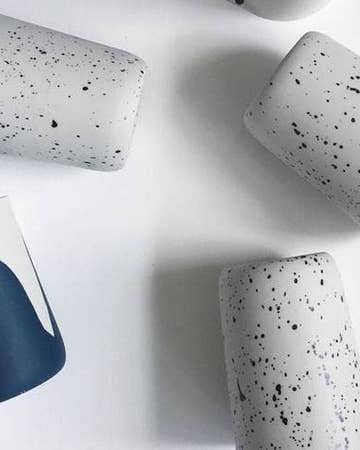Weinbrand 1848 wholesale products
Weinbrand 1848 wholesale products
Weinbrand 1848 wholesale products
Find products for your store from thousands of brands.
Unlock wholesale pricingAbout Weinbrand 1848
At the beginning of production, there is a careful selection of wines for the distillate. For the distillation process, our master distiller only uses the middle course, the high-quality heart of the distillation. The brandy thus becomes a water-clear distillate with an alcohol volume of around 70%. Since each grape variety develops its own type of aromas and flavors, we distil pure grape varieties. For example, the Muscat distillate tastes of lychee, the Riesling distillate of peach and the Pinot Noir distillate of cherry. The brandy is placed on small oak barrels (20-220 l). Each forest gives off special and, above all, its own flavors to the distillate, although the type of oak is also important. For example, we only use barrels made from wood from pedunculate and sessile oaks After half a year, we should already call the brandy “brandy”. However, we give it another two years to complete. After ripening, the brandy must still be officially tasted in order to obtain its test number. Only then is he finally allowed to call himself “German brandy.”





